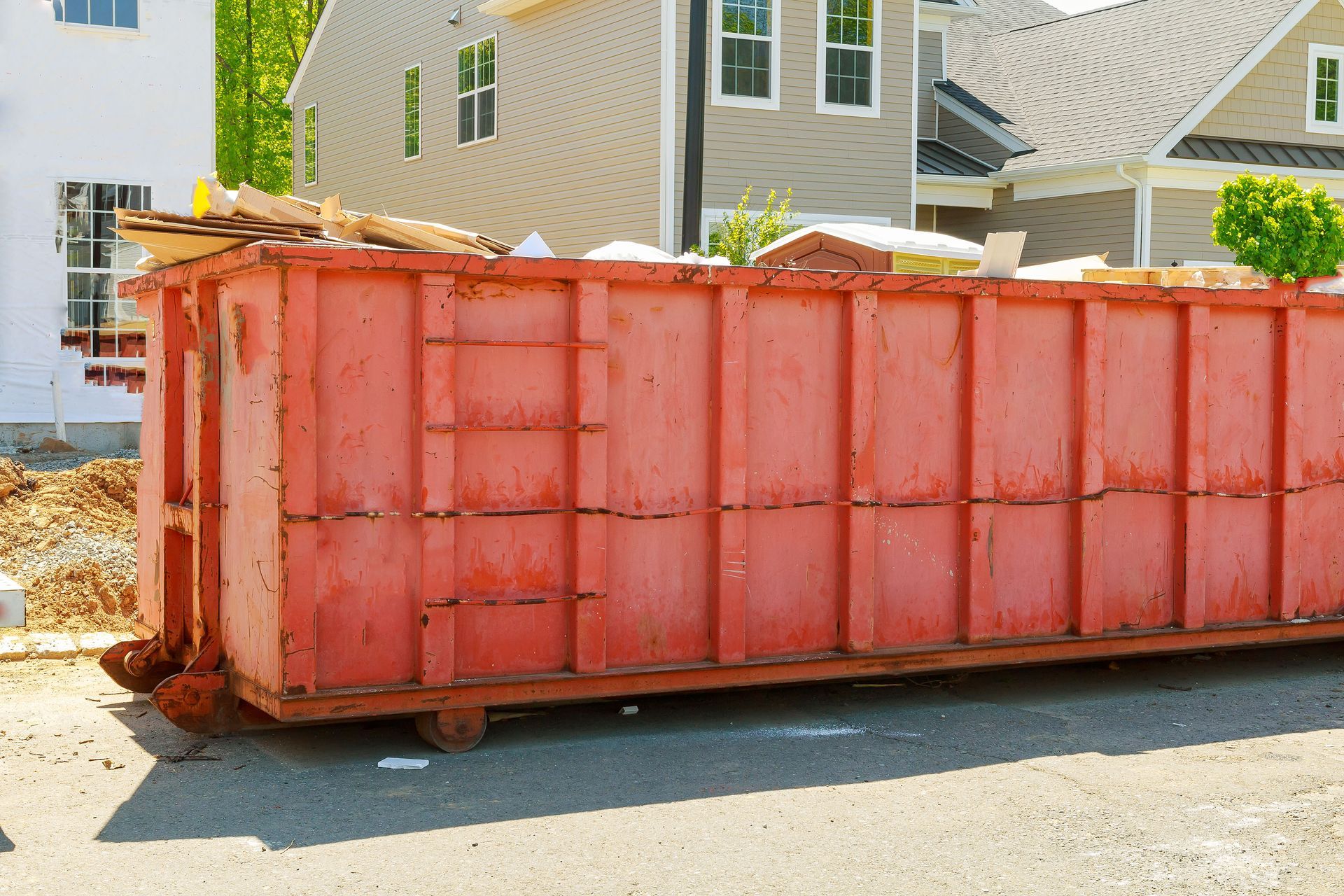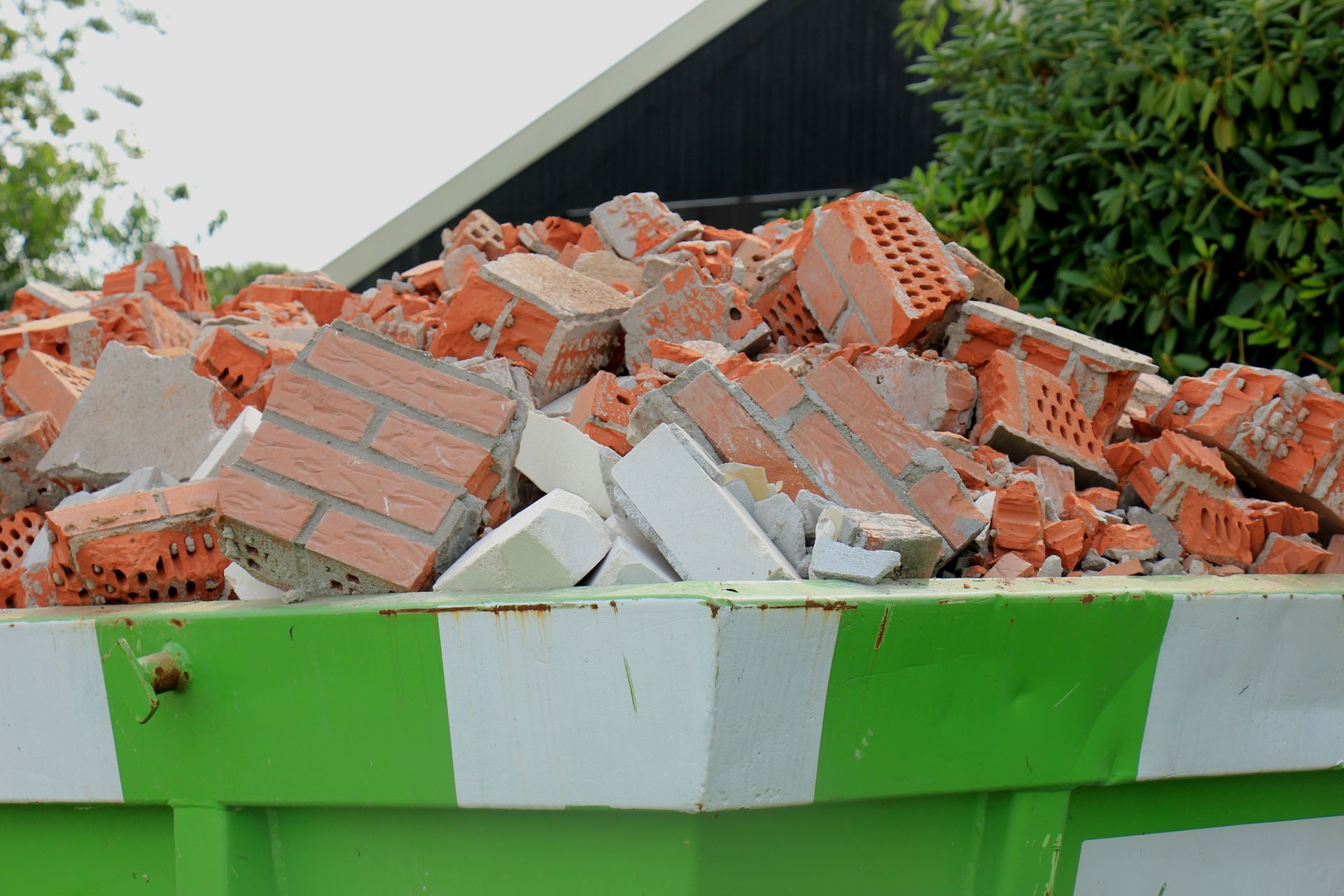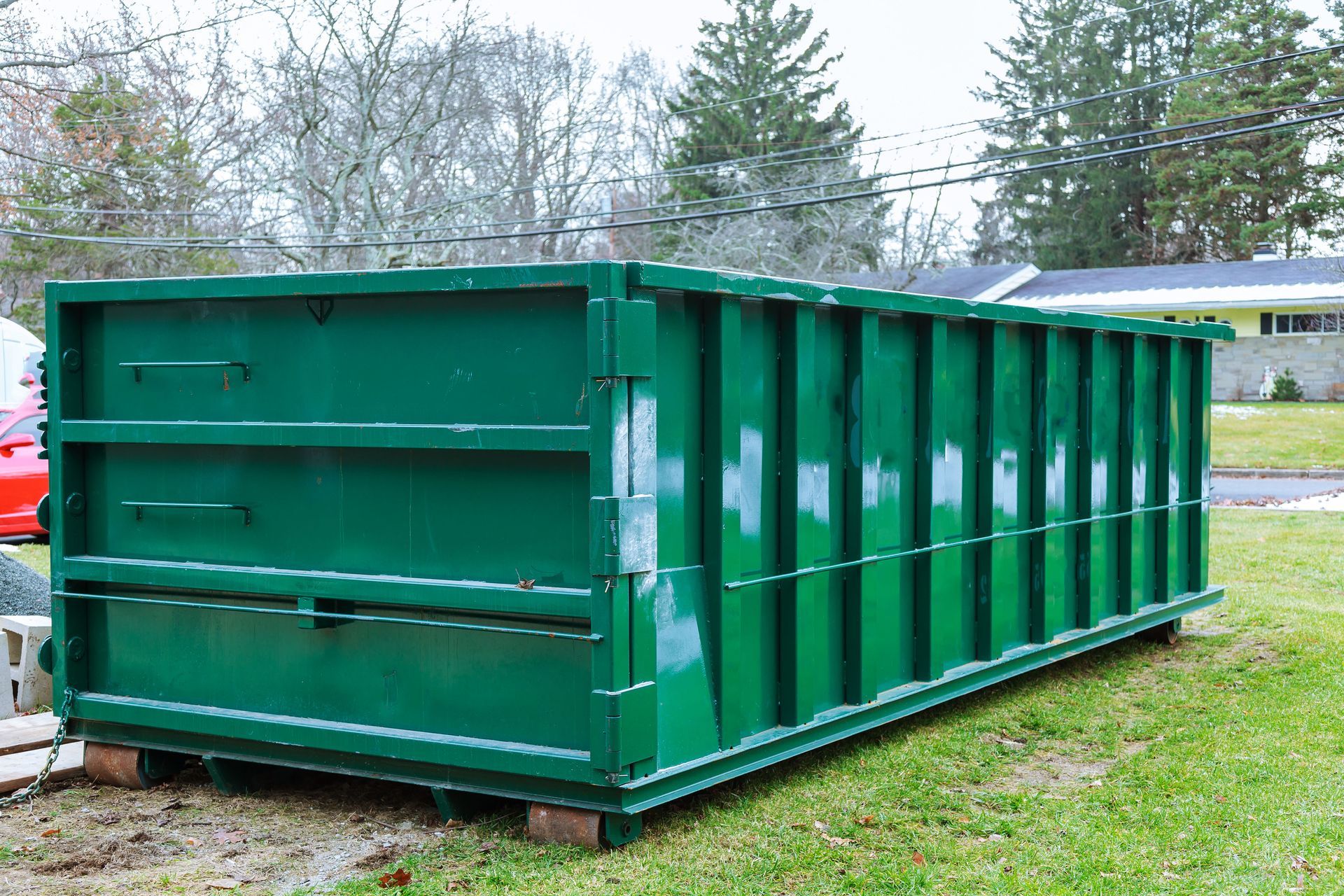Choosing the Right Dumpster Size for Your Needs
By Alex Bennett | August 18, 2025
Selecting the right dumpster size is crucial for efficient waste management. The wrong choice can lead to higher costs, delays, and logistical challenges. This guide explains how to match your project’s needs with the correct size, considering volume, materials, regulations, and environmental factors. With the right planning, you’ll make an informed choice that meets disposal needs and avoids complications when working with a trusted dumpster rental company.
Understanding Dumpster Sizes
Dimensions and Volume
Dumpsters are measured in cubic yards, indicating how much debris they can hold. According to Moving.com, a 10-yard dumpster is suitable for small-scale cleanouts, while major renovations or construction often require 20–40 yards. Estimating waste volume is essential—too large wastes money, too small may require an extra rental. For example, a roof replacement might fit comfortably in a 20-yard container, while a multi-room demolition often demands a 30 or 40-yard unit from a professional dumpster rental company.
Common Sizes Available
Standard sizes include 10, 20, 30, and 40 yards. A 10-yard works for small home cleanouts or modest landscaping, a 20-yard fits flooring or medium renovations, and 30–40 yards serve large-scale construction jobs. Understanding the scale of your project helps prevent overloading, which can lead to unsafe transport conditions, or paying for unused space.
Weight Limits and Restrictions
Every dumpster size has a weight limit, and exceeding it can result in additional charges. Heavy debris like concrete, bricks, or dirt fills quickly. Many providers also prohibit mixing certain materials—such as yard waste and construction debris—in the same container. Knowing these rules before renting avoids costly surprises, so always confirm weight guidelines with your chosen dumpster rental company.
Regional Variations
Urban providers may offer slim-profile dumpsters designed for tight alleyways, while rural areas can accommodate wider, longer containers. Some regions also have stricter placement regulations, requiring permits if a dumpster is on the street or sidewalk. Availability may depend on local demand, so booking early with a reliable dumpster rental company during peak construction season is wise.
Design Considerations
Open-top dumpsters allow easy loading from above, while side-door models reduce strain when handling heavier items. Roll-off dumpsters can be moved between sites, making them popular for multi-phase projects, while stationary dumpsters suit long-term placement. The right design from your dumpster rental company can save both time and labor costs.
Assessing Your Project Requirements
Estimating Waste Volume
Base your estimate on the project scope and types of debris. A bathroom remodel may generate bulky but lightweight materials like drywall, while landscaping projects might produce dense soil that reaches weight limits before filling the container. Slight overestimation is often safer to avoid a second rental.
Types of Materials
Different materials affect both the weight and disposal method. Wood and drywall are less dense than masonry, but hazardous waste such as asbestos or chemicals may require special handling or a separate container altogether. Mismanaging these materials risks legal penalties and environmental harm.
Duration of Waste Generation
Short-term cleanouts may only need a small dumpster for a few days, while ongoing renovations could require a larger unit for weeks. Some projects benefit from swapping out smaller dumpsters multiple times rather than committing space to a single oversized unit.
Accessibility and Placement
Plan placement to minimize hauling distance but avoid blocking driveways or emergency access points. In residential areas, protect driveways with boards or mats to prevent cracking. If placement requires blocking public right-of-way, confirm legal requirements before delivery.
Seasonal and Environmental Factors
Weather affects both dumpster use and debris weight. Rain can saturate materials, increasing weight and potentially leading to overage charges. In dry, windy conditions, lightweight debris like insulation may need to be covered to prevent scattering. Seasonal planning helps avoid operational slowdowns.
Comparing Rental Options
Short-term vs. Long-term Rentals
Short-term rentals are ideal for quick cleanouts, while long-term rentals support large or ongoing jobs. Some providers offer reduced daily rates for extended rentals, but you’ll need space for a dumpster on-site for the duration.
Local vs. National Companies
Local companies may provide faster response times and better flexibility for last-minute changes. National providers often offer larger inventories and standardized pricing. Check both to compare rates, availability, and service reliability.
Pricing and Hidden Fees
Get an itemized cost breakdown—ask about overage fees, late returns, trip charges, or surcharges for certain waste types. Transparent pricing avoids disputes later on.
Service Quality
Reliable providers keep your project on schedule with on-time delivery and pickup. Look for companies offering multiple contact methods, quick response times, and clear instructions for proper use.
Contract Terms
Read the contract carefully for clauses on rental length, weight limits, and acceptable waste. Understanding terms protects you from unexpected costs or legal issues.
Environmental and Legal Considerations
Recycling and Waste Diversion
Providers that recycle reduce landfill burden and support sustainability goals. Some offer separate containers for recyclables, which can also lower disposal fees.
Local Regulations and Permits
Many cities require permits for dumpsters placed in public areas. Providers often help with the application process, but responsibility ultimately lies with the renter. Failure to secure permits can result in fines or removal of the container.
Material Sorting and Safety
Follow sorting rules to keep hazardous materials out of general waste. Use proper protective equipment when loading sharp or heavy items. Good practices protect workers and the environment.
Neighborhood Impact
Reduce noise, control odors, and cover dumpsters to maintain good relations with neighbors. A clean, well-managed site also helps avoid attracting pests.
Industry Standards
Work with certified providers who adhere to current waste management laws. This ensures compliance, safety, and responsible disposal.
Troubleshooting Common Issues
Overloading and Overfilling
Stay within posted limits for both weight and height. Even loading improves safety during transport and helps prevent spills on public roads.
Unauthorized Use
In shared spaces, prevent others from dumping by locking lids or scheduling timely pickups. Communicating your rental dates with nearby residents can also help.
Property Damage
Prevent driveway cracks or lawn damage by using boards to distribute weight. Choose level, stable surfaces for placement.
Delivery and Pickup Delays
Confirm schedules and maintain open communication with your provider. Ask if they have backup plans in case of bad weather or high demand.
Handling Complaints and Fines
Address concerns quickly to prevent escalation. Respond promptly to any official notices and work toward resolving violations or complaints.
Practical Tips for an Efficient Rental Experience
Preparing the Site
Clear access routes of vehicles, debris, or equipment. Consider how delivery trucks will maneuver and ensure the ground can handle the weight.
Safe Usage Guidelines
Follow the provider’s restrictions for weight and prohibited items. Lift safely, avoid overreaching, and keep children and pets away from the area.
Maximizing Space
Disassemble furniture, break down boxes, and layer items to maximize usable space. Avoid air pockets by filling gaps with smaller debris.
Communicating with Providers
Provide accurate details about your project to help them recommend the right size. Stay in touch if project timelines shift.
Evaluating the Service
After pickup, review the provider’s performance for timeliness, clarity, and overall service quality. This feedback can help you choose the same dumpster rental company again or select a new one for future projects.
Choosing the right dumpster size balances waste volume, materials, rental terms, and environmental factors. Careful planning and working with a reliable, compliant dumpster rental company ensure efficient disposal, cost control, and minimal disruption. Whether it’s a one-day cleanout or a month-long construction project, the right choice will keep your site organized, safe, and compliant with regulations. Looking for a dumpster rental company? Contact Bennett Trucking.




Share On: